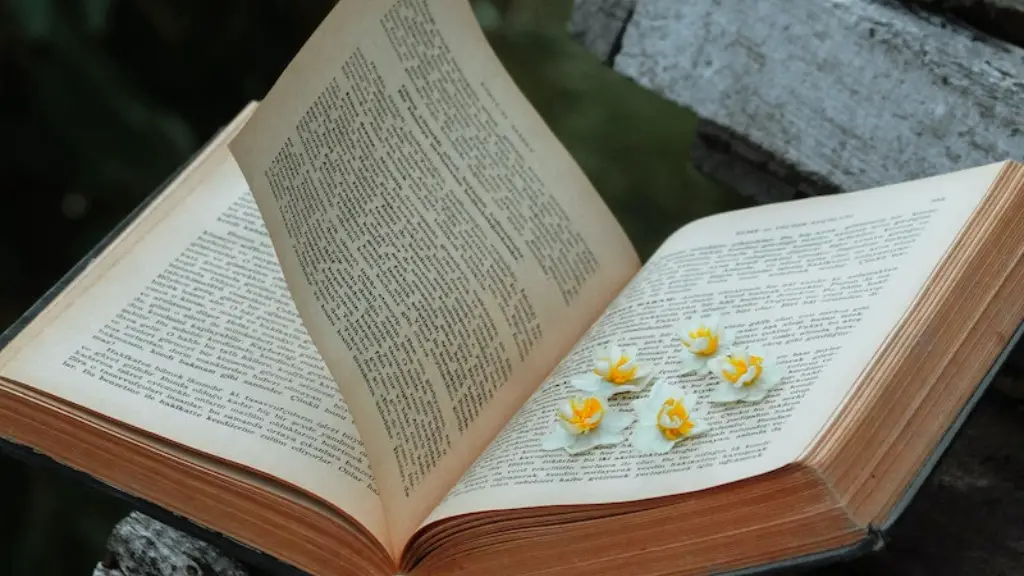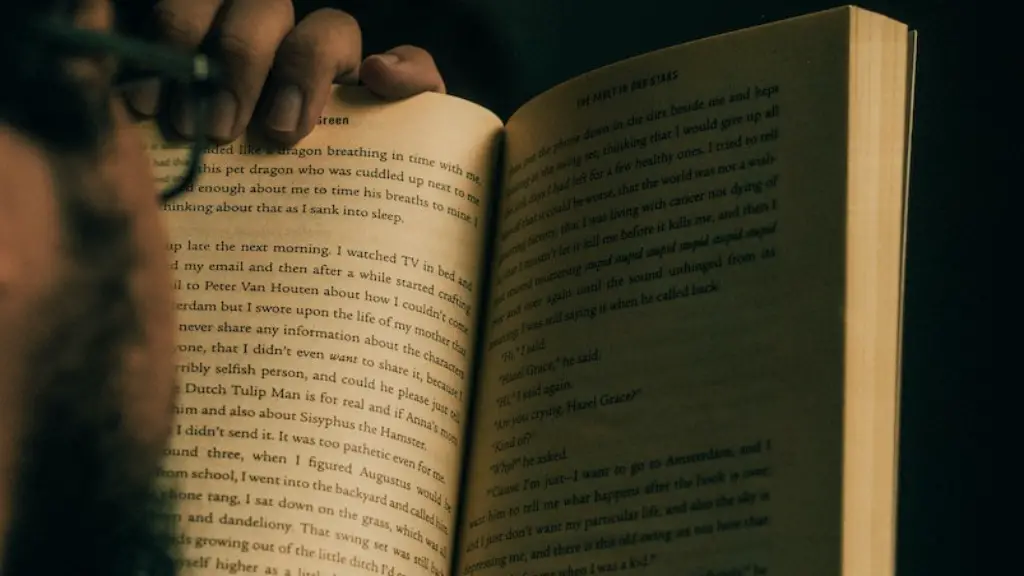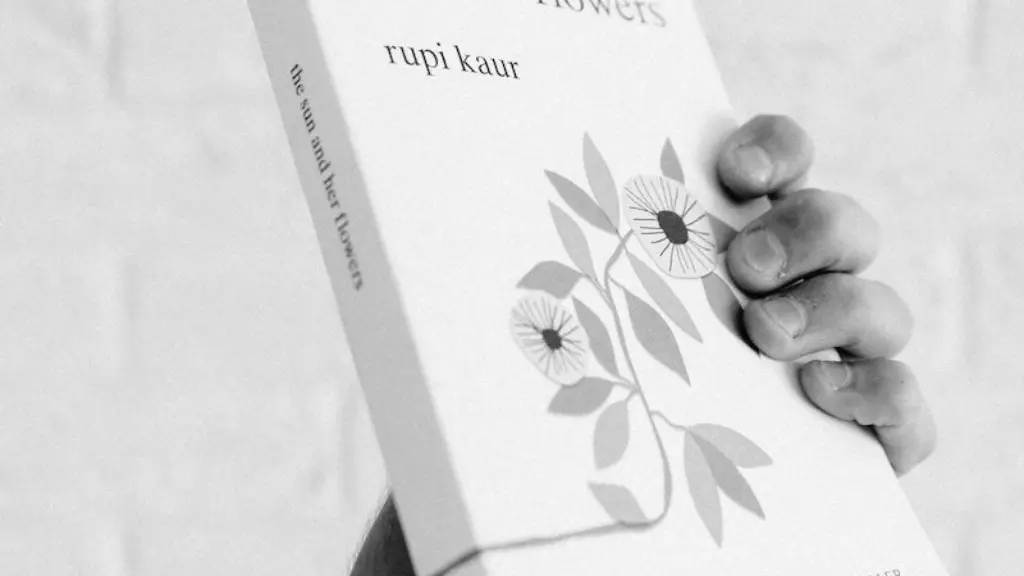Poetry and a poem are similar in many ways and are often used interchangeably by those who are unfamiliar with the craft of writing or the art of appreciating. However, there are distinct differences between these two forms of literature. Poetry is a form of literature that can be composed in a variety of styles, and is meant to be read both aloud and internally. Poetry is often written to express powerful emotions and reflections of the writer’s life experience, or to portray beauty through the use of language. A poem is an individual work of poetry, written with the intent of conveying an idea or describing a feeling or situation. Nearly all poems contain the elements of imagery, metaphor, and meter, which are all used to build a single, unified message or evoke an emotion.
Poetry can be divided into three main categories, ballad, lyric, and epic. Ballads are usually stories told in verse, while lyric poetry is emotionally charged and usually focused on an individual thing, situation or relationship. Epic poetry is composed in long and involved narratives which are usually historical or mythological in nature. Poetry is often shorter in length than prose and generally uses a more formal and specific language. In contrast, a poem is not limited by form and can be composed in any way the writer deems fit. It is written to convey a single idea or feeling, and its unique sequence of words conveys its message to readers.
The language used in a poem is carefully chosen to evoke a specific emotion or to convey the writer’s message. Poets often use figurative language, such as metaphors and similes, to convey their ideas and to bring life to their descriptions. They also use repetition and alliteration to draw attention to certain words and phrases, and they use various literary devices, such as allusion, understatement, paradox, and hyperbole, to draw readers into the poem.
Poems are different in many ways from other kinds of literature. Perhaps most notably, poems often rely heavily on imagery, rhythm and sound. Poets will often use rhyme and meter to give their work a particular flow and energy. They also use rhythm to draw attention to certain words and ideas and to create a sense of anticipation. In contrast, poetry often relies more on thoughtful and meaningful language.
Poetry and a poem are both unique forms of literature that seek to express powerful emotions and ideas. While poems are individual works of art, poetry can be divided into distinct categories, each with its own set of rules and conventions. Poems use imagery and rhythm to create an emotional and powerful effect, whereas poetry is more focused on thoughtful and meaningful language.
Purpose of Poetry
At its heart, poetry is an art form meant to evoke emotion in readers or listeners. Poets use language that is carefully chosen to express a particular sentiment or idea. Poets also use poetic devices, such as similes, metaphors, and personification, to bring the poem to life. In addition, many poets use rhyme and meter to make the poem more pleasing to hear when spoken aloud. Ultimately, the purpose of poetry is to explore and convey the beauty of language.
Innovations to Poetry
In recent years, there has been an increasing trend towards more nontraditional forms of poetry, which are often referred to as “innovations” or “experimental” poems. These types of poems often reject traditional structures, meters, and themes. Instead, the focus is on the individual style, language, and form of the poet. Experimental poetry often uses a language of its own, which is unique and often unusual in comparison to the standard literary language.
Conflict between Poetry and a Poem
At times, the distinction between poetry and a poem can be seen as a subtle but important difference. Poets owe much of their success to the way they can craft their work to be powerful and meaningful. Therefore, their works can often be seen as a poem, a single work of art, that stands as its own piece of poetry. At the same time, poets often make use of poetry’s established conventions, such as regulating the use of rhythm, meter, and rhyme, in order to create a powerful piece of literature.
Audience of Poetry and a Poem
The audience for both poetry and a poem is varied. While some poems are written for a specific audience, such as a young child, for example, most poems are open to interpretation by any reader. Poems are often written with the intention of resonating with as many readers as possible, regardless of age, experience, or culture. Poetry, however, is often written with a specific audience in mind, usually one with a certain level of knowledge and experience with the literary form.
Communication through Poetry and a Poem
Both poetry and a poem are used to communicate ideas and feelings. While poetry is often used to explore and express certain feelings, a poem is usually more focused on conveying a single, unified message. A poem can be used to tell a story, convey a life experience, or to simply evoke an emotion in the reader. In addition, poets often draw on other forms of literature, such as mythology and folklore, as inspiration for their work.
Characteristics of Poetry and a Poem
The characteristics of both poetry and a poem are closely intertwined. Both utilize figurative language, such as similes and metaphors, and the use of word choice and rhythm to further the meaning. Poetry also relies heavily on the use of literary devices, such as alliteration, allusion, and symbolism, while a poem focuses more on the intended message. Ultimately, poetry and a poem are closely related, but the subtle differences between them can give each a unique power and purpose.


